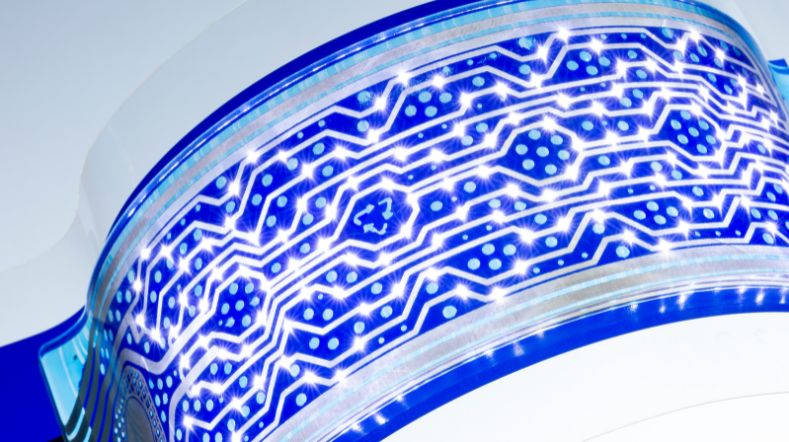Post-ChatGPT: AI Enters Human Understanding Era
After ChatGPT transformed our interaction with AI via language, the upcoming development is not merely advanced chatbots; it is AI that genuinely comprehends people. For affluent individuals seeking more than just functional technology, this next stage of AI introduces a significant change: moving from answering inquiries to predicting requirements, from understanding language to perceiving feelings, and from addressing issues to resonating with principles. This represents not just gradual improvement; it is AI functioning as an insightful companion, customized for the complex lifestyles of insightful users.

Today's sophisticated artificial intelligence does more than simply process messages; it interprets emotions. A luxurious wealth management AI detects a client's terse and curt responses when discussing investment strategies and transitions from a focus on data-laden reports to empathetic inquiries about current market anxieties. It even proposes pausing the discussion to return later when the client is in a more composed state, acknowledging that financial choices are not purely based on logic. This emotional sensitivity transforms transactions into opportunities for establishing trust, which is essential for high-end clients who appreciate individualized attention.
Predicting Intent: Anticipating Unvoiced Desires
In contrast to earlier AI systems that awaited direct instructions, phase-two systems foresee user requirements prior to their requests. An upscale travel AI, after a client books a business journey to Tokyo, automatically arranges a reservation at their preferred sushi restaurant (previously visited three years prior) and asks for a room featuring a view of Mount Fuji—details that the client did not specify this time. It learns from historical actions and subtle inclinations, transforming standard services into experiences that feel distinctly thoughtful.
Collaborative Creativity: Aligning with Aesthetic Preferences
Phase-two AI functions as a creative partner instead of merely a tool. An interior designer collaborating with a luxury client employs AI to produce design ideas for rooms; however, the AI does not merely generate visuals; it responds to the client’s casual remark about desiring environments reminiscent of a cozy library yet infused with modern art. It combines rich wooden elements with contemporary sculptures, reflecting the client's appreciation for both timeless literature and avant-garde artists. The AI comprehends the client’s aesthetic preferences, streamlining the process of revisions to better align with their vision.

Reliable Clarity: Clarifying the Rationale Behind Decisions
Affluent clients expect clarity, and phase-two AI meets these demands by articulating its reasoning. When an AI investment counselor advises reallocating a portfolio towards renewable energy, it does not simply present data—it refers to the client’s previous contributions to environmental causes and concerns about climate risks that were expressed in earlier discussions. This level of accountability fosters trust, as clients perceive that the AI's advice is deeply connected to their personal principles rather than being driven by mere algorithms.

For selective individuals, post-ChatGPT AI signifies more than just improved technology; it represents an AI that truly comprehends them. The second phase indicates a transition from AI as a utility to AI as a collaborator, one that grasps emotions, foresees needs, and respects personal values. As this technology advances, the most esteemed AI will not be the one armed with the most information but the one that understands its user most profoundly. In this age, AI's genuine strength resides in its capability to connect the realms of data and humanity, enriching the lives of elite users in ways that resonate as both astute and profoundly personal.
(Writer:Tick)





